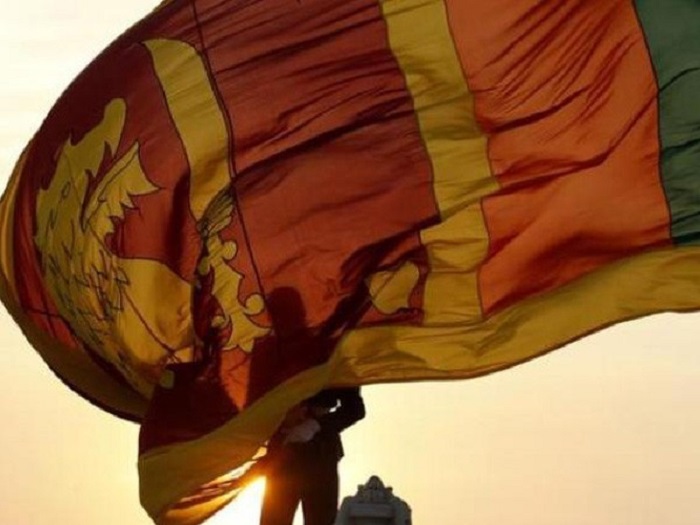
China will seek preferential treatment on debt restructuring in Sri Lanka which will mostly cater to Beijing’s own self-interests and amid this Colombo must avoid these kinds of debt distress efforts at all costs, media reports said.
China’s role in Sri Lanka’s debt restructuring efforts needs to be observed with utmost caution as the island nation begins its negotiations with major lenders. Concerns are that China’s debt relief and restructuring in different nations suffering economic trouble differs significantly from that of other lenders.
Based on such experiences, it is natural to expect China will pursue tailored discussions and preferential treatment, which Sri Lanka cannot afford to carry forward.
Among the lenders are International Monetary Fund (IMF) and other multilaterals, such as the World Bank and the Asian Development Bank. Analysizing the position of China’s pivotal position as one of the country’s top creditors, it is crucial to note that how China engages with Sri Lanka will have a significant impact on the trajectory and timing of the country’s debt restructuring.
This will further decide Sri Lanka’s road to debt sustainability and economic recovery. In a recent interview regarding Sri Lanka’s predicament, an IMF official said that, “Sri Lanka (should) engage aggressively with (China) on a debt restructure,” even while talks with the Fund are ongoing, reported true ceylon.
Sri Lanka’s total central government debt (including domestic and foreign currency) is expected to exceed USD 81 billion and the government’s interest payments bill is among the highest in the world, approaching 7 per cent of GDP.
Given the scarcity of correctly categorised and published statistics on various categories of debt, this overall debt amount may be an underestimate.
Sri Lanka owes roughly USD 12.3 billion to private creditors, the main external credit source, who hold International Sovereign Bonds (ISBs), Sri Lanka Development Bonds, and certain syndicated loans, with annual foreign debt payments increasing from USD 1.3 billion in 2009 to USD 4.1 billion in 2020.
Another USD 9 billion is outstanding to multilaterals, USD 5.6 billion to bilateral creditors other than China, and USD 5 billion to China and USD 3.5 billion to Japan.
China holds around 6.2 percent of Sri Lanka’s total central government debt, some as central government debt (approximately USD 670 million), but the majority as debt through state-owned institutions such as China EXIM Bank and China Development Bank (CDB), totaling over USD 7 billion.
These loans have supported a wide range of projects, including utilities, roads and highways (including sections of the Southern and Central Expressways), ill-conceived ports and airports, vanity convention centres, and telecom towers. As a result, issues about the worth of the Chinese loans have persisted throughout the previous decade.
With foreign reserves dwindling to only days of import cover or less, and a severe default impending, the Sri Lankan government declared a unilateral debt standstill on April 12, stopping foreign debt repayments with the exception of payments to Multilateral Development Banks (MDBs).
Discussions with the IMF on a bailout (an “Extended Fund Facility”) have continued since then, although a staff-level agreement has yet to be reached.
The Executive Board will only accept a programme and make further disbursements if the IMF has “sufficient funding guarantees” and its main shareholders are confident in Sri Lanka’s fair treatment of its debtors.
Until then, other multilaterals, such as the World Bank and the Asian Development Bank, will refrain from lending additional money to Sri Lanka. (ANI)